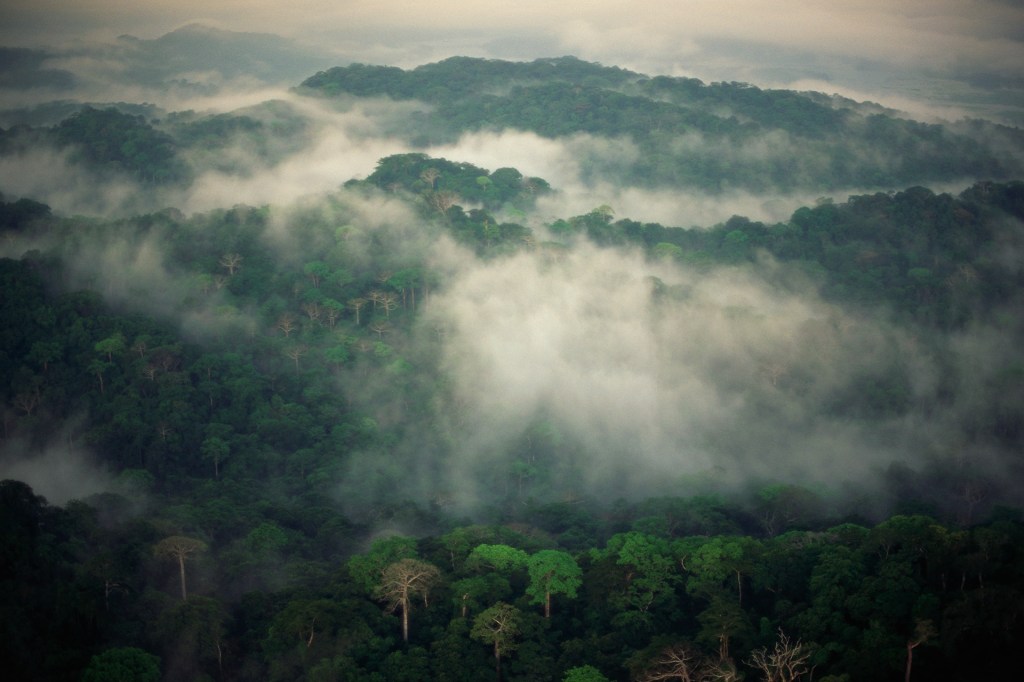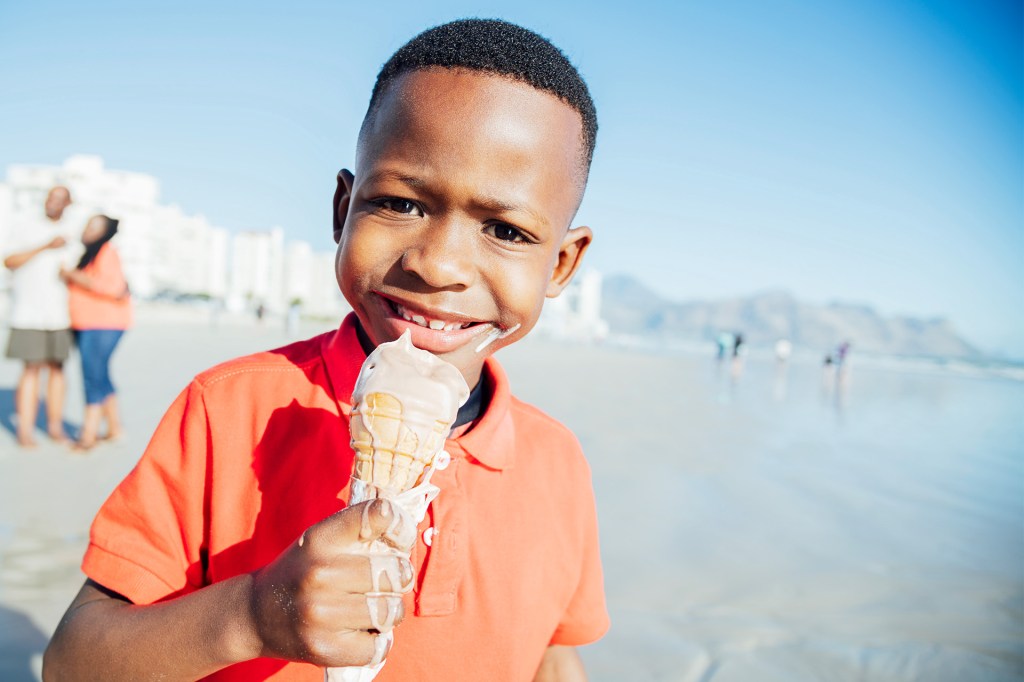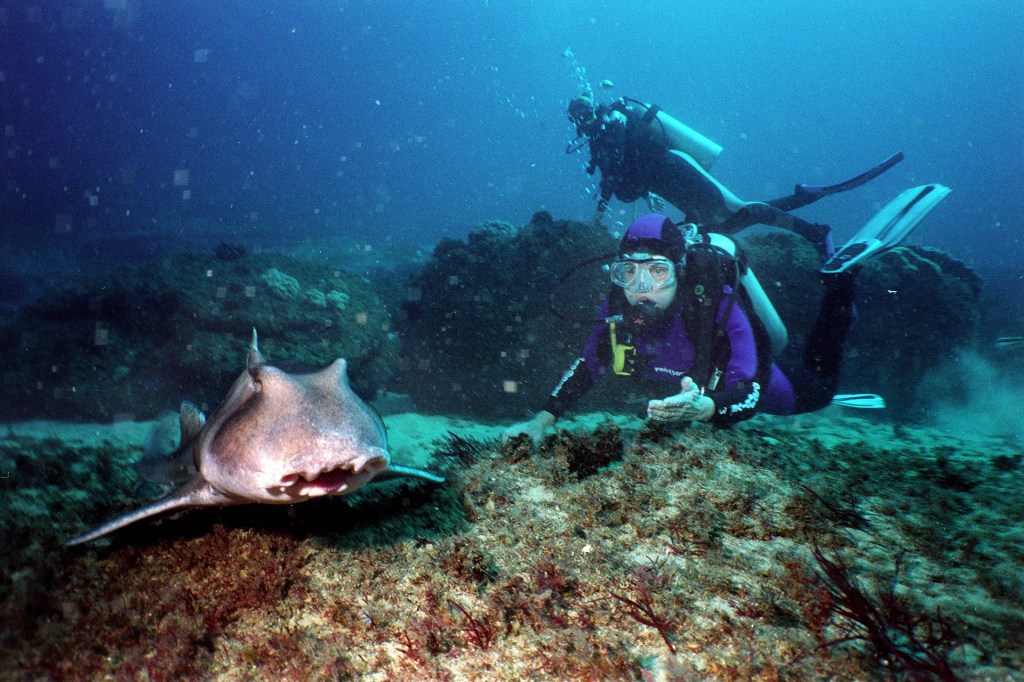
Sylvia Earle is a scientist. She has spent many years studying oceans. She loves to learn about plants and animals that live underwater. She works to keep the oceans clean. She protects the animals that live there.
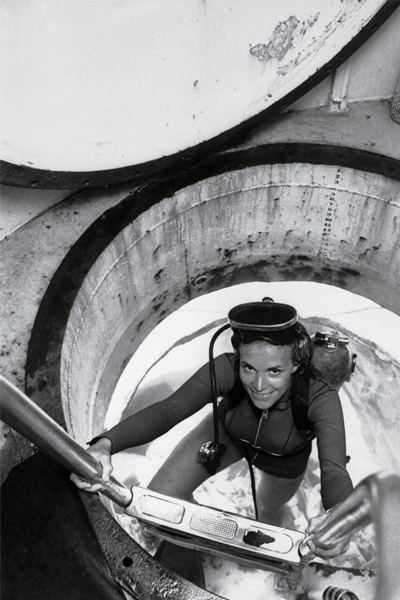
Ocean Explorer
Earle has been interested in the oceans since she was a young girl. In college, she learned how to scuba dive.
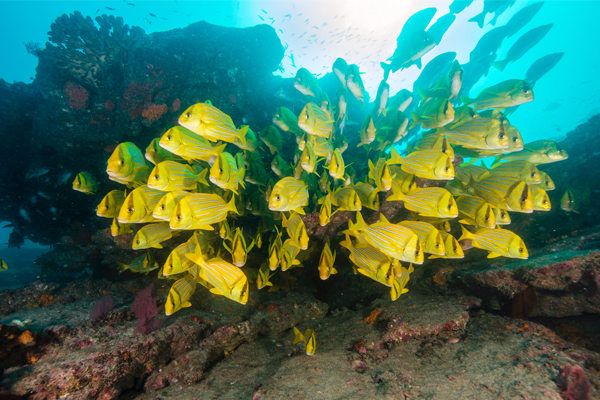
Helping the Planet
Earle started a group called Mission Blue. It works to keep pollution
pollution
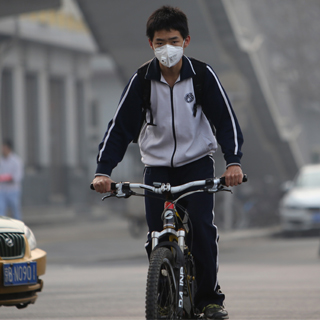 STR/AFP/GETTY IMAGES
something that makes land, water, or air dirty or unsafe
( )
People sometimes wear masks to stay safe from air pollution.
out of the oceans. The group protects fish and sea plants.
STR/AFP/GETTY IMAGES
something that makes land, water, or air dirty or unsafe
( )
People sometimes wear masks to stay safe from air pollution.
out of the oceans. The group protects fish and sea plants.
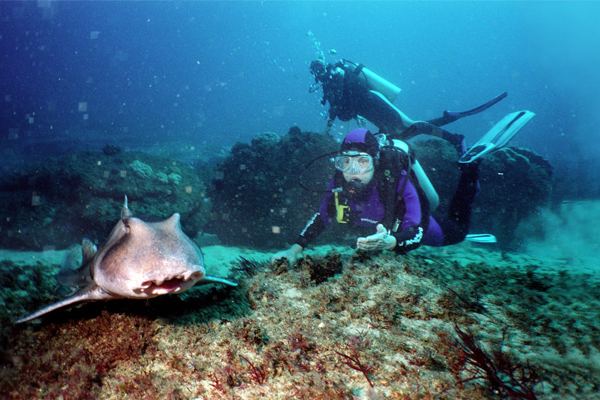
Deep in the Water
Earle has been deep-sea diving for more than 40 years. She dives far below the surface
surface
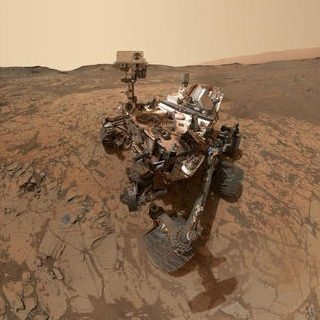 MSSS/JPL-CALTECH/NASA/GETTY IMAGES
the outermost layer of something
( )
Robots are exploring the surface of Mars.
. She was one of the first women to do these deep dives.
MSSS/JPL-CALTECH/NASA/GETTY IMAGES
the outermost layer of something
( )
Robots are exploring the surface of Mars.
. She was one of the first women to do these deep dives.
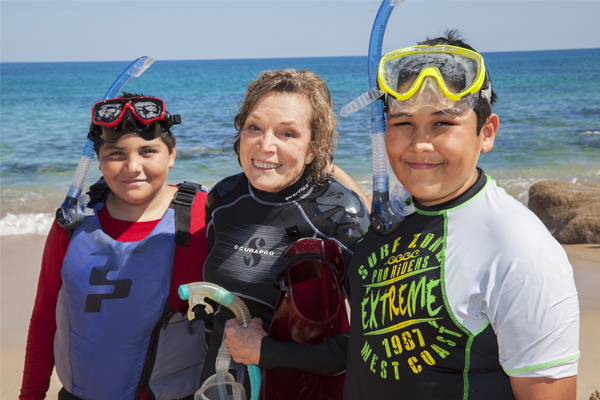
Hope for the Future
Earle takes kids on underwater adventures. They learn about sea life. “We need to respect the oceans and take care of them,” Earle says.
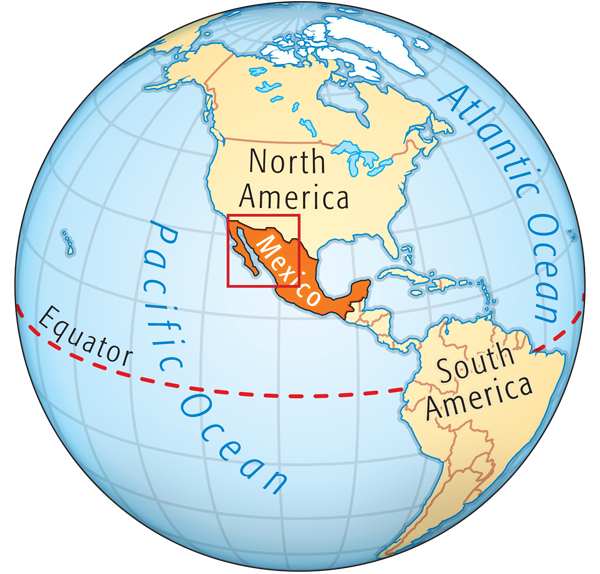
Where in the World?
The Gulf of California Hope Spot is in Mexico. It is one of the most protected ocean areas in the world. It is home to more than 800 kinds of fish.
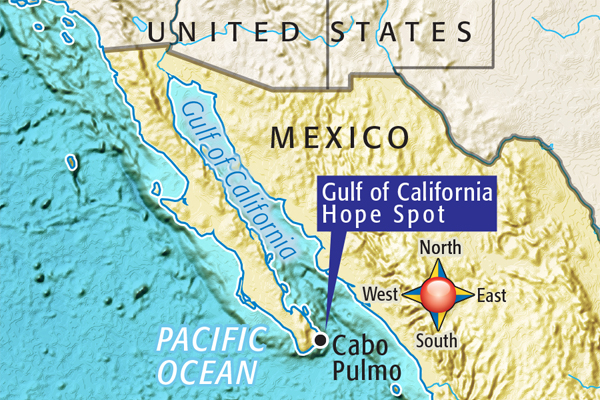
Think!
Would you want to go deep-sea diving? Why or why not?
Deep in the Ocean
The deep ocean is made up of different zones, or areas. Study the diagram to learn about the zones. Then answer the questions.
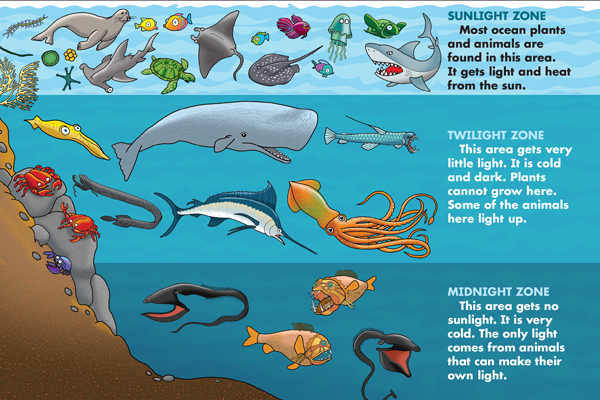
1. True or false: The ocean gets warmer the deeper you go.
2. Which zone has the most plants and animals?
3. In which zones can you find animals that make their own light?





